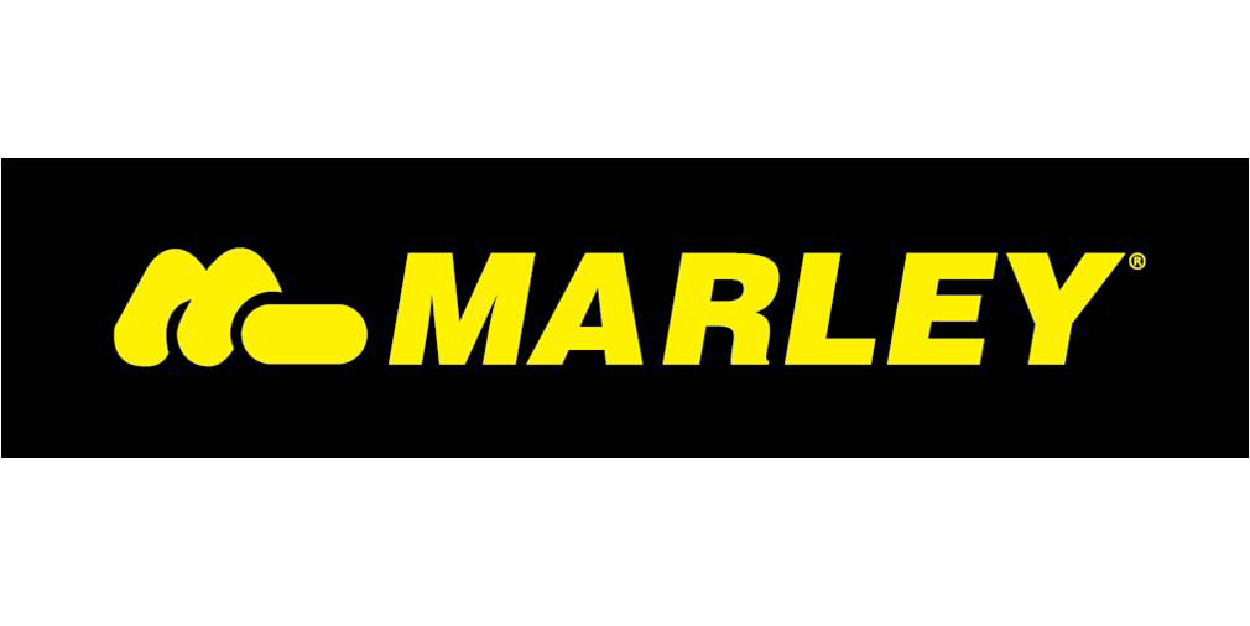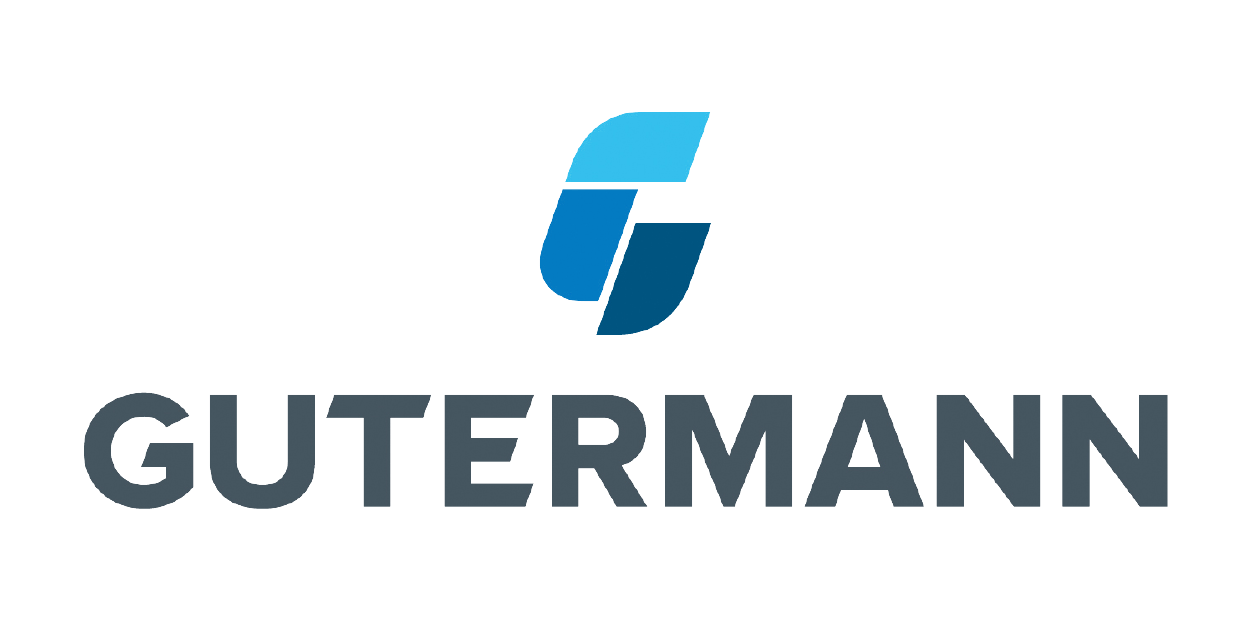
Call Today 09 973 4973 or
Pipelines are critical infrastructure in many industries, transporting liquids and gases over vast distances. They are, however, susceptible to leaks, which can lead to significant financial losses, environmental damage, and even severe safety hazards. This makes effective leak detection in pipelines essential.
Understanding Pipeline Systems
Pipelines transport various substances, from crude oil and natural gas to water and sewage. They are often spread over vast areas, sometimes even spanning countries. Due to this extensive reach, identifying and repairing leaks can be a challenging task.
Consequences of Pipeline Leaks
Leaks in pipelines can have various detrimental impacts. They can cause significant economic losses due to wasted resources. Pipeline leaks can also result in severe environmental damage, contaminating soil and water sources. Furthermore, leaks, especially in pipelines transporting flammable substances, can pose significant safety risks, leading to fires or explosions.
Pipeline Leak Detection Methods
There are several methods used to detect leaks in pipelines. These include external methods, such as visual inspections, infrared thermography, and the use of drones or robotic crawlers. There are also internal methods, which involve technologies like smart pigging, where an inspection device is sent through the pipeline to detect anomalies. Other techniques involve software that uses real-time data to identify possible leaks based on changes in flow rates, pressure, and
temperature.
Acoustic-based methods are also widely used in pipeline leak detection. These systems pick up the noise generated by a leak in a pipeline and use it to identify the leak’s location. Ultrasonic flow meters and acoustic pressure wave methods are examples of this approach.
The Role of Pipeline Leak Detection Systems
Pipeline Leak Detection Systems (PLDS) play a crucial role in identifying and locating leaks. These systems continuously monitor pipelines for signs of leaks, such as pressure changes or flow discrepancies, triggering alerts when irregularities are detected.
Advanced PLDS are equipped with real-time data analytics capabilities, allowing for quicker and more accurate leak detection. They can also aid in predicting possible leaks, offering proactive measures to prevent leak-related incidents.
Importance of Professional Services
Given the complexities involved in pipeline leak detection, professional services are often required. These experts have the experience, knowledge, and access to sophisticated technology necessary to accurately detect and locate leaks in pipeline systems. By employing such services, pipeline operators can ensure the safety, efficiency, and longevity of their pipeline systems.
In conclusion, leak detection in pipelines is a critical aspect of pipeline management. It helps to prevent financial losses, protect the environment, and ensure the safety of the surrounding areas. By understanding various leak detection methods and the role of professional services, pipeline operators can take proactive measures to prevent leaks and mitigate their impacts.
Suppliers




